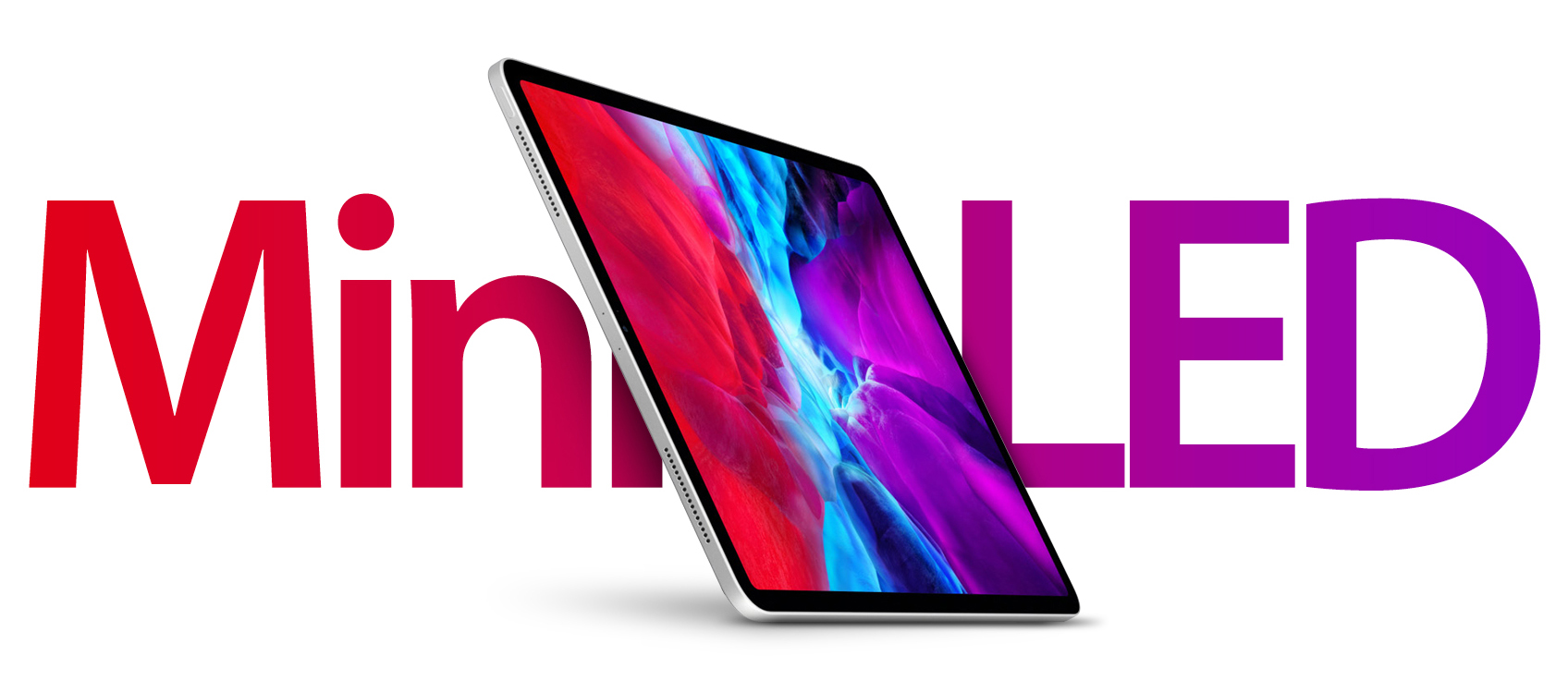Personally if a refresh of the iPP comes in March 2021 I don’t think it will be a direct replacement of the current 11” and 12.9” I think it would likely run alongside... with the new version named iPad Pro (miniLED) 12.9” which has an extra $200-$300 on the price for a better screen and the A14X/U1 chips inside.
This has happened before with the MacBook line when retina first came about, standard screen MacBooks and retina MacBooks got sold side by side initially with the retina’s costing an additional $200-$300.
From my point of view, I'm ok with the option of an extra $200-$300 for the mini-LED screen. Because I doubt I'm the only one who is pretty satisfied with the current screens in f.ex. my iPad Air 3. I don't do heavy video/photo editing or draw art and graphic work. For my needs, I honestly am happy - and I don't even have pro-motion in Air 3 which everyone says is critical. I might just be a peasant who lacks the appreaciation for the finer points of screen technology, but there are more such as me, and that's also part of the market - I might look at the mini-LED and just not see what the big fuss is. I completely understand those who find it super important - because f.ex. I find a good stereo on which to play music super important, while others don't care and play any old mp3 gizmo. So I get it. All I'm saying is that any company selling such understands that there are those unsophisticates like me in the market, and they might be totally OK with passing on the mini-LED and passing on the extra $300 hike. YMMV.
This has happened before with the MacBook line when retina first came about, standard screen MacBooks and retina MacBooks got sold side by side initially with the retina’s costing an additional $200-$300.
From my point of view, I'm ok with the option of an extra $200-$300 for the mini-LED screen. Because I doubt I'm the only one who is pretty satisfied with the current screens in f.ex. my iPad Air 3. I don't do heavy video/photo editing or draw art and graphic work. For my needs, I honestly am happy - and I don't even have pro-motion in Air 3 which everyone says is critical. I might just be a peasant who lacks the appreaciation for the finer points of screen technology, but there are more such as me, and that's also part of the market - I might look at the mini-LED and just not see what the big fuss is. I completely understand those who find it super important - because f.ex. I find a good stereo on which to play music super important, while others don't care and play any old mp3 gizmo. So I get it. All I'm saying is that any company selling such understands that there are those unsophisticates like me in the market, and they might be totally OK with passing on the mini-LED and passing on the extra $300 hike. YMMV.



